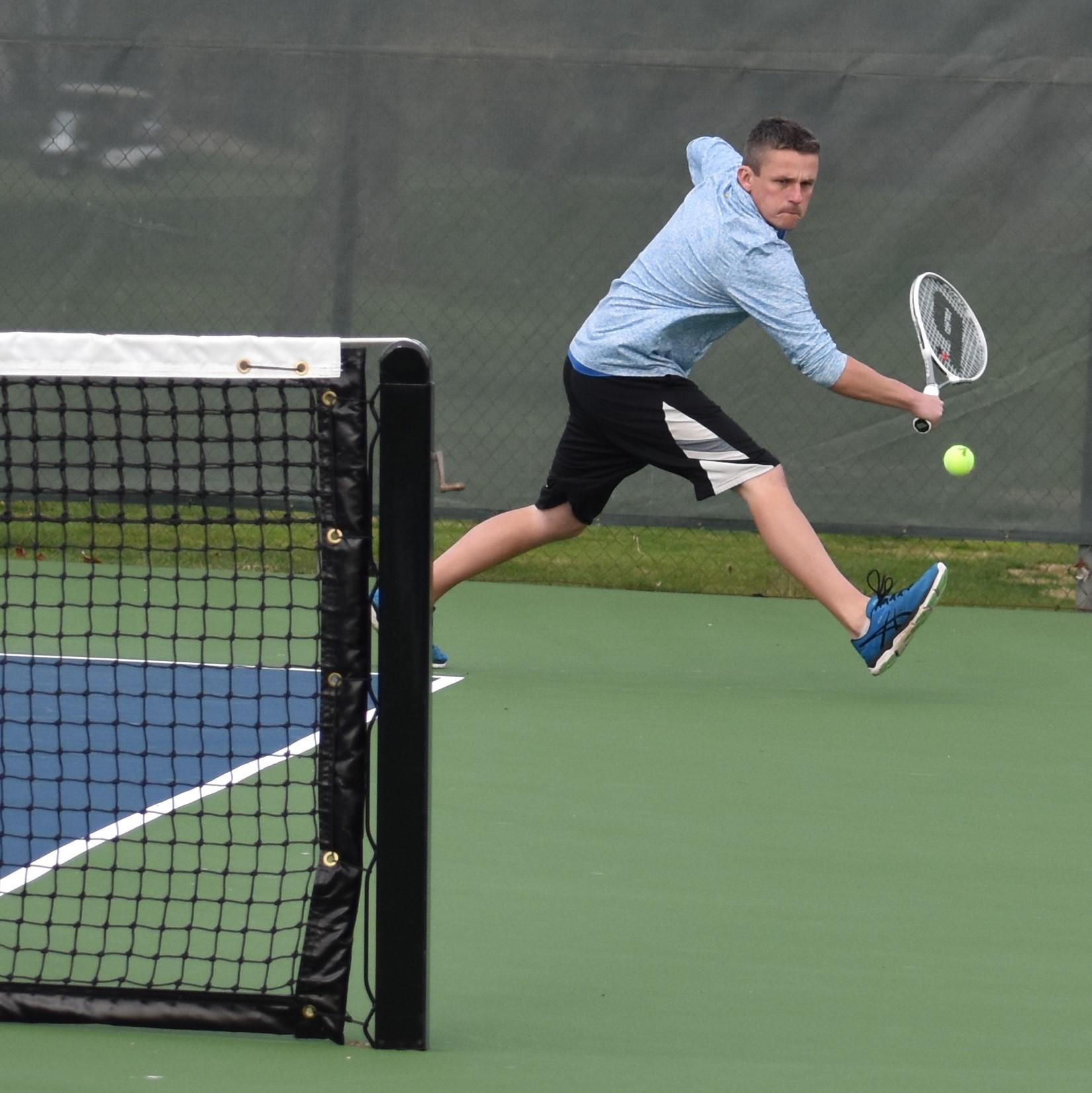By Mauricio Achondo, USPTA Tennis Pro

Groundstrokes: A stroke made by hitting the ball after it has bounced from the ground.
Groundies are hit from three distinct areas of the court: From well behind the baseline (Red); from on or just behind the baseline (Yellow); and from inside the baseline (Green). As a starting point with my students, I clue them in on the fact that these three areas of the court (from furthest to closest) commonly yield the three types of situations in the same order: Red, Yellow, then Green.
One of the first things I ask them to identify is which of the three colors they believe most unforced errors are made in during groundstrokes. Those who choose Red when answering this question feel that it’s a no-brainer because they theorize that players will simply execute poor shots when on the defense. Those who choose Green believe that most unforced errors are made during one’s tendency to over-hit when presented with a golden opportunity to put the ball away.
From what I’ve personally witnessed, the correct answer by a landslide is Yellow. In addition to being the most common type of shot hit throughout a match, the other reason Yellow situations result in the most unforced errors is that they typical player loses patience and simply cannot resist trying to turn what should have been a Yellow into a Green situation.
Once I’ve laid the foundation for the Traffic Light System to my students, I then identify where changes should be made within the system to adapt to a particular player. This is done stroke by stroke. With groundstrokes, I will allow a player to treat more forehand opportunities as Green situations if he can consistently demonstrate a more aggressive shot with success when the norm would have been to react as if in a Yellow situation. This is a different way of telling him that his forehand is a weapon.
On the other hand, if he is having problems simply maintaining a rally with his backhand from the baseline, then I’ll coach him to treat these shots as if in a Red situation when most other players would treat them as if in Yellow. This is a different way of pointing out to him that his backhand is a weakness.
I would add that a savvy opponent will identify this and make every effort to put him in this situation as often as possible. Of course, my future training sessions with him would involve spending extra time on the backhand to get it where it needs to be.



